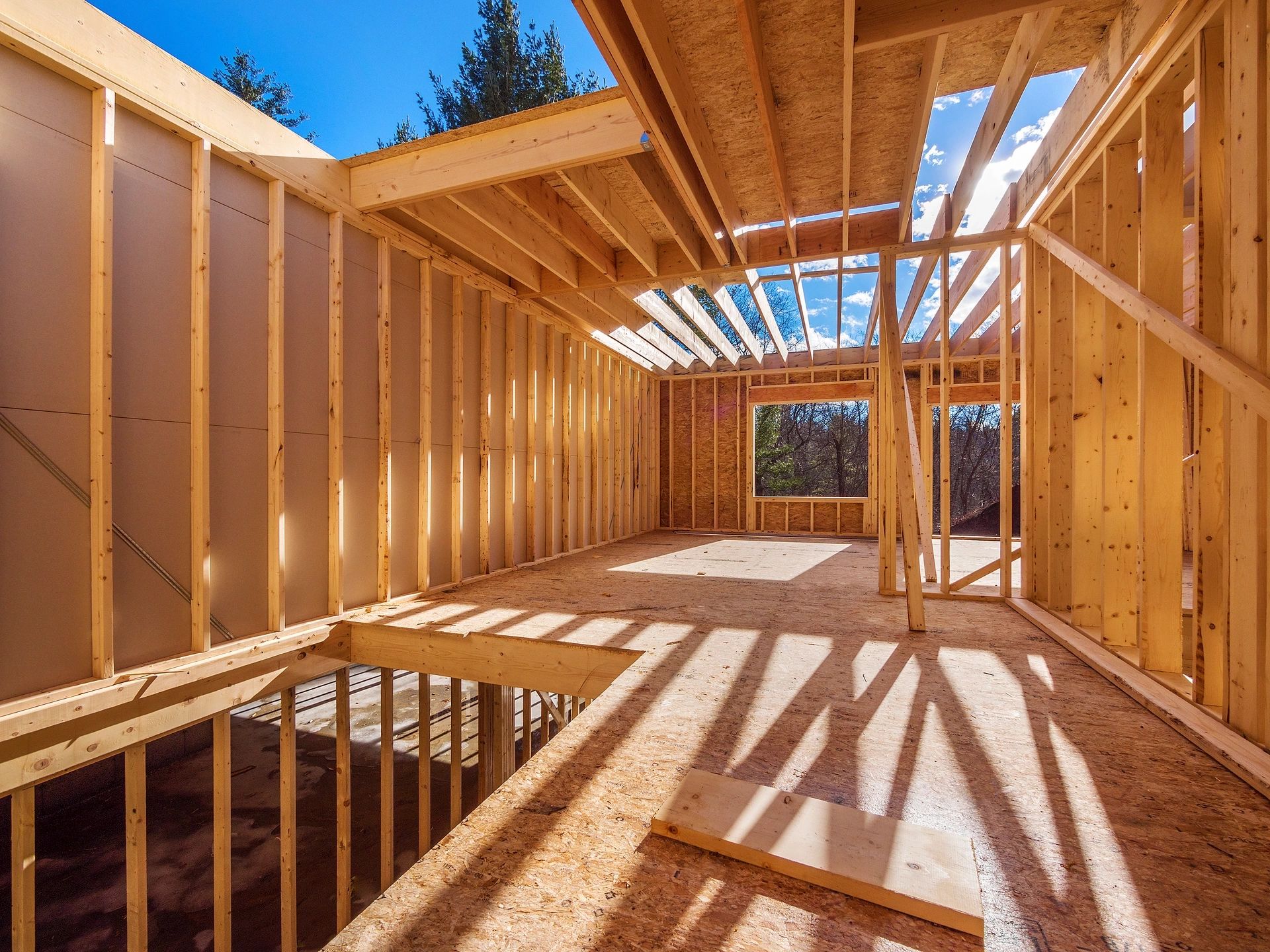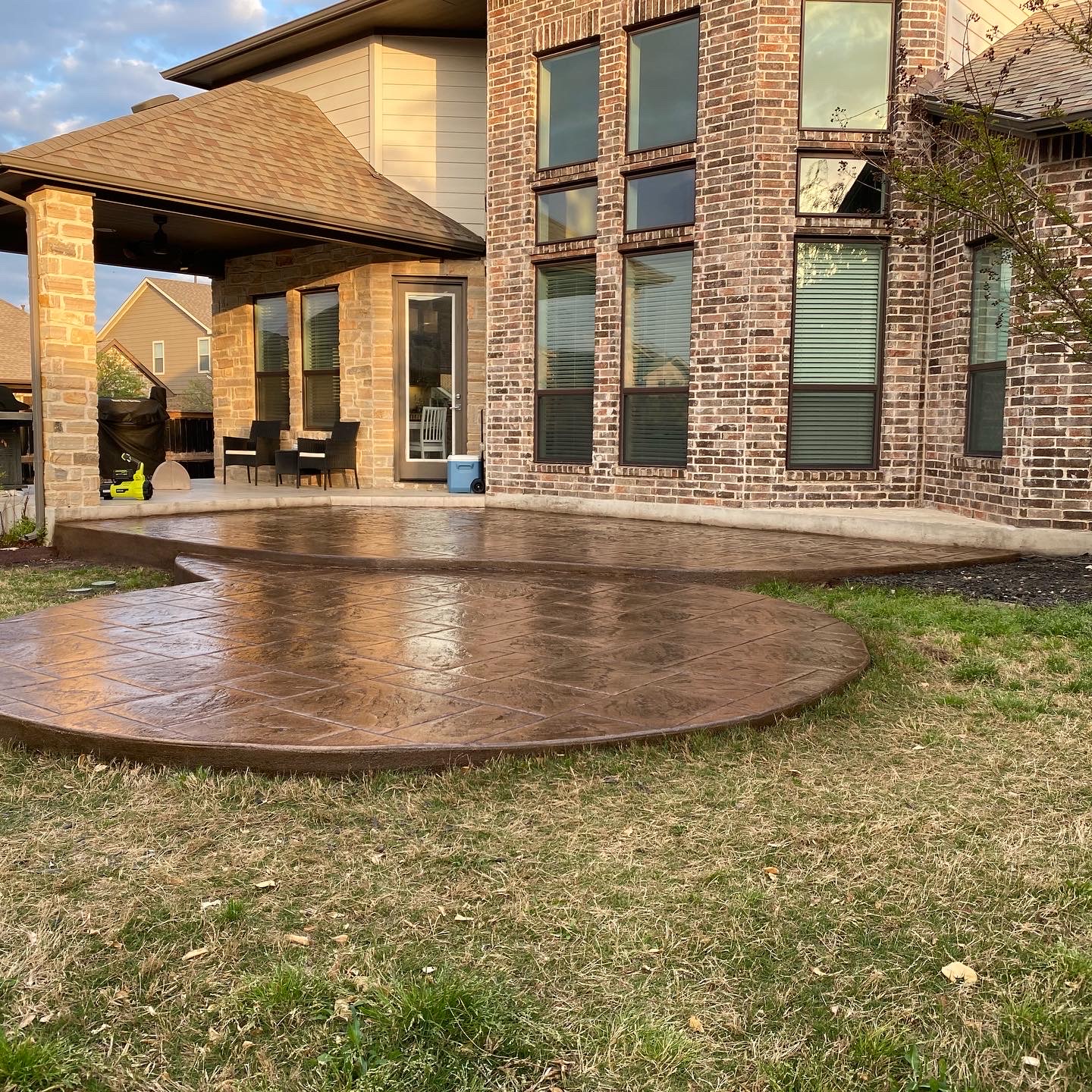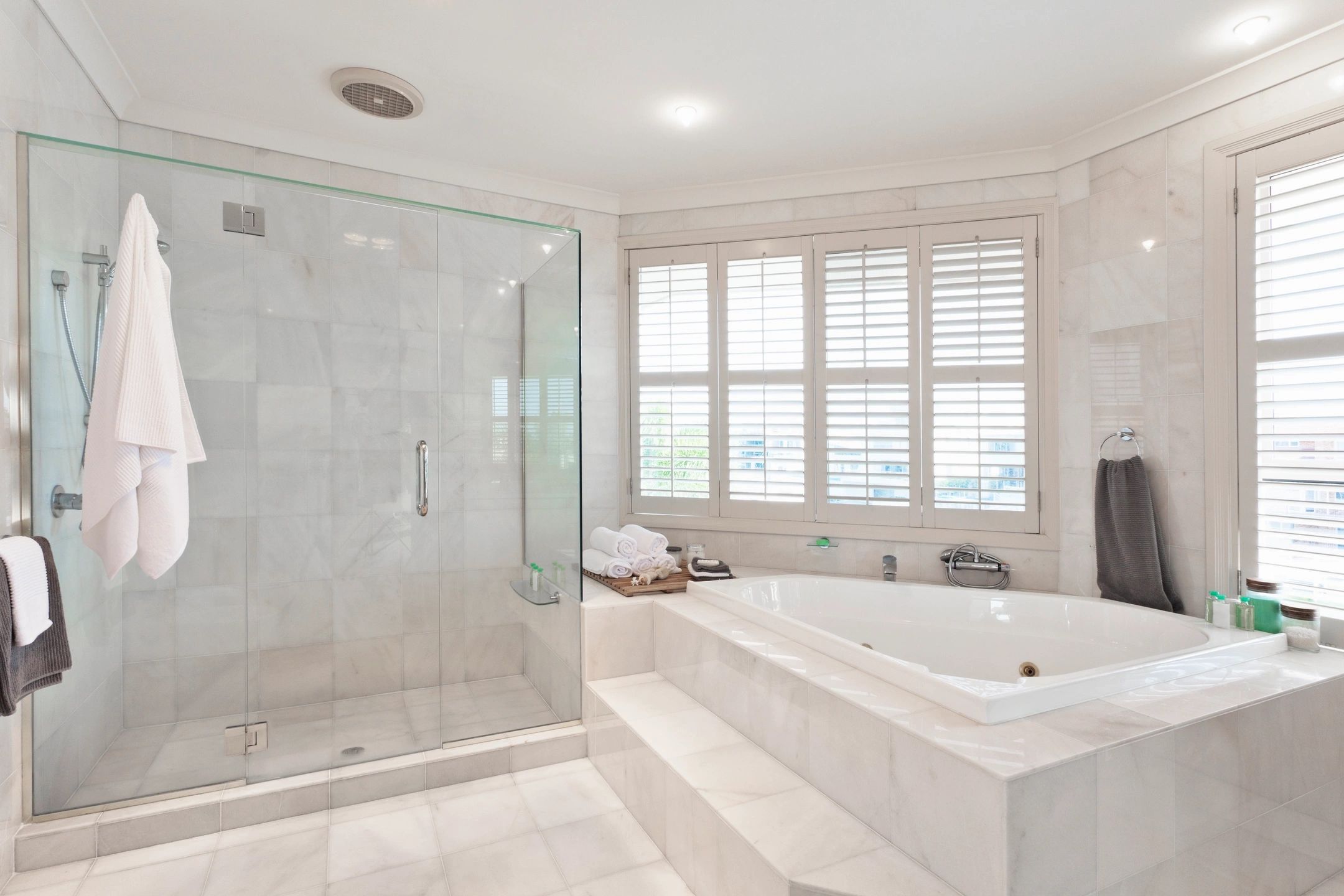Understanding Home Addition Costs
When planning a home addition, it’s important to know how much it might cost. In the United States, home additions usually cost between $21,960 and $82,329, with an average of $50,349. The price can change a lot depending on how big the addition is, where you live, and how complicated the project is.
Key Points:
- Average home addition cost: $50,349
- Typical cost range: $21,960 – $82,329
- Cost per square foot: $80 – $210
- Second story additions: $300 – $500 per square foot
- Major cost factors: size, location, materials, labor, permits
Let’s look at the typical costs you might expect:
Factors Influencing Home Addition Costs
Several things can change the overall cost of your home addition project:
- Size and scope of the project: Bigger additions or more complex designs will naturally cost more. Adding a simple room will be cheaper than expanding multiple rooms or adding a second story.
- Location: Labor and material costs can be very different depending on where you live. Cities and areas where it’s expensive to live usually have higher construction costs.
- Materials used: High-quality finishes will increase your budget. Choosing between standard and premium materials can really change your overall costs.
- Labor costs: This can be 50-60% of your total budget. Skilled workers like electricians and plumbers often charge more.
- Permits and fees: These can range from $200 to $3,000 or more, depending on where you live and what you’re building. Some areas might require extra inspections or environmental checks.
- Structural changes: If you need to change the existing structure, like removing walls that support the house or strengthening the foundation, costs will go up.
- Utilities: Extending electricity, plumbing, and heating/cooling systems to the new addition can add significant costs, especially if you need to upgrade the main systems.
Understanding these factors can help you make smart decisions when planning your budget. Professional home renovation services can give you more accurate estimates based on your specific needs and local prices. They can also help you understand local building rules, which can be very different from place to place.
Breaking Down the Costs
To give you a better idea of where your money goes in a home addition project, let’s break down the costs:
| Category | Percentage of Total Cost | Status |
|---|---|---|
| Labor | 50-60% | High |
| Materials | 30-40% | Medium |
| Permits and fees | 5-10% | Low |
| Contingency fund | 10-20% | Medium |
Keep in mind that these percentages can change based on your specific project and location. It’s a good idea to get detailed quotes from multiple contractors to understand the cost breakdown for your particular addition. Here’s a closer look at each category:
- Labor (50-60%): This includes pay for all workers involved in the project, from general laborers to skilled tradespeople. Labor costs can change based on how complex the work is and local pay rates.
- Materials (30-40%): This covers all building materials, from structural elements like wood and concrete to finishes like flooring and paint. The quality and type of materials you choose can really impact this part of the budget.
- Permits and fees (5-10%): This includes building permits, inspection fees, and any other local government charges. The cost can vary a lot depending on where you live and what you’re building.
- Contingency fund (10-20%): This is extra money set aside for unexpected costs or changes during the project. It’s important to include this in your budget to avoid financial stress if surprises come up.
Planning Your Home Addition Budget
Creating a realistic budget is really important for the success of your home addition project. Here are some steps to help you plan effectively:
- Set realistic expectations: Research average costs in your area and for your type of addition. Use online cost calculators and talk to local contractors to get a rough idea.
- Create a detailed budget spreadsheet: List all potential expenses, including materials, labor, permits, and unexpected costs. Be as specific as possible, breaking down costs for each part of the project.
- Include a contingency fund: Set aside 10-20% of your total budget for unexpected expenses. This can cover unforeseen issues like structural problems or last-minute design changes.
- Get multiple quotes: Ask several contractors for detailed estimates. Make sure each quote covers the same work for accurate comparison.
- Consider financing options: Look into home equity loans, personal loans, or refinancing options if needed. Compare interest rates and terms to find the best option for your financial situation.
- Prioritize your needs: Separate must-haves from nice-to-haves. This can help you make smart decisions if you need to cut costs.
- Plan for long-term costs: Think about how the addition will affect your utility bills and property taxes. Include these ongoing costs in your budget planning.
Remember, a well-planned budget can help prevent costly surprises and keep your full home renovation project on track. It’s also important to be flexible and ready to make adjustments as the project moves forward.
Cost-Saving Strategies for Home Additions
While home additions can be expensive, there are ways to keep costs under control:
- Choose cost-effective materials: Pick mid-range materials that are durable and look good without being too expensive. For example, consider laminate flooring instead of hardwood, or composite decking instead of natural wood.
- Consider DIY options: Do some tasks yourself, like painting or simple installations, to save on labor costs. But be realistic about your skills and leave complex work to professionals.
- Time your project strategically: Plan your addition during the off-season when contractors might offer lower rates. Winter months are often slower for construction, which could lead to better pricing.
- Keep the design simple: Complex designs often cost more. A straightforward, rectangular addition is typically less expensive than one with lots of angles or levels.
- Reuse and repurpose: Think about using existing materials or fixtures where possible. This could include reusing doors, windows, or even kitchen cabinets from the existing structure.
- Focus on energy efficiency: While energy-efficient features might cost more upfront, they can lead to big savings on utility bills over time. Consider options like better insulation, energy-efficient windows, and LED lighting.
- Plan carefully to avoid changes: Changes during construction can be costly. Spend time in the planning phase to finalize your design and avoid expensive changes later.
- Consider prefab options: For some types of additions, prefabricated components can be less expensive than building from scratch on-site.
By using these strategies, you might be able to save thousands on your home addition project without compromising on quality. For more ideas on cost-effective home improvements, consider exploring outdoor renovation options as well. These can often provide extra living space at a lower cost than traditional indoor additions.
Working with Professionals
While it’s possible to save money by doing some work yourself, working with professionals is often crucial for a successful home addition. Here’s why:
- Architects: Can help optimize your design and make sure it meets local building codes. They typically charge 5-20% of the total project cost. An architect can help you make the most of your space and create a design that fits well with your existing home.
- General Contractors: Manage the entire project, including hiring subcontractors and getting permits. They usually charge 10-20% of the total cost. A good general contractor can save you time and stress by coordinating all parts of the project.
- Specialized Tradespeople: Electricians, plumbers, and other specialists make sure that all parts of your addition are up to code and working properly. Their expertise is crucial for safety and making sure the addition lasts a long time.
- Interior Designers: While not always necessary, an interior designer can help create a consistent look between your existing home and the new addition. They can also help with space planning and choosing materials.
While hiring professionals adds to your budget, their expertise can prevent costly mistakes and ensure your addition is safe, functional, and adds value to your home. For specific renovation needs, such as bathroom renovations in Austin, working with local experts can provide the best results.
When selecting professionals:
- Check references and look at past projects
- Make sure they are licensed and insured
- Get detailed, written contracts
- Communicate clearly about your budget and what you expect
Maximizing Return on Investment
When budgeting for your home addition, it’s important to think about how much value it will add to your home. Some additions add more value than others:
Conclusion: Making Your Home Addition Dreams Come True
Planning a budget for a home addition might seem overwhelming, but with careful planning and thought, you can create the extra space you need without spending too much. Remember these key points:
- Understand the average costs and what affects them
- Create a detailed budget with extra money set aside for unexpected costs
- Look for ways to save money without sacrificing quality
- Work with professionals to get the best results
- Think about how much value the addition will add to your home
- Plan for both the immediate construction costs and long-term effects on your home’s value and running costs
- Be flexible and ready to make changes as needed throughout the project
By following this guide, you’ll be well-prepared to budget for your home addition project. Whether you’re adding a new bedroom, making your kitchen bigger, or creating an outdoor living space, careful planning and budgeting will help turn your home addition dreams into reality. Remember that while the process can be challenging, the end result – a bigger and more functional home that fits your needs – is worth the effort and investment.






